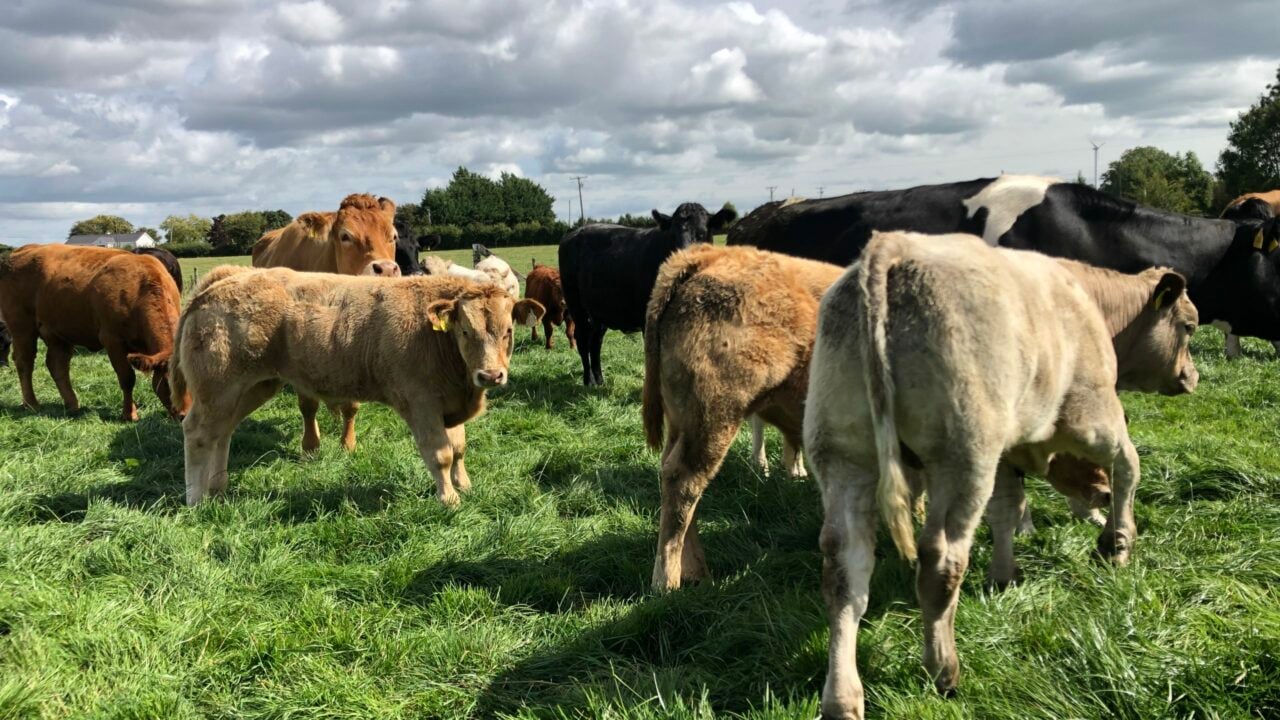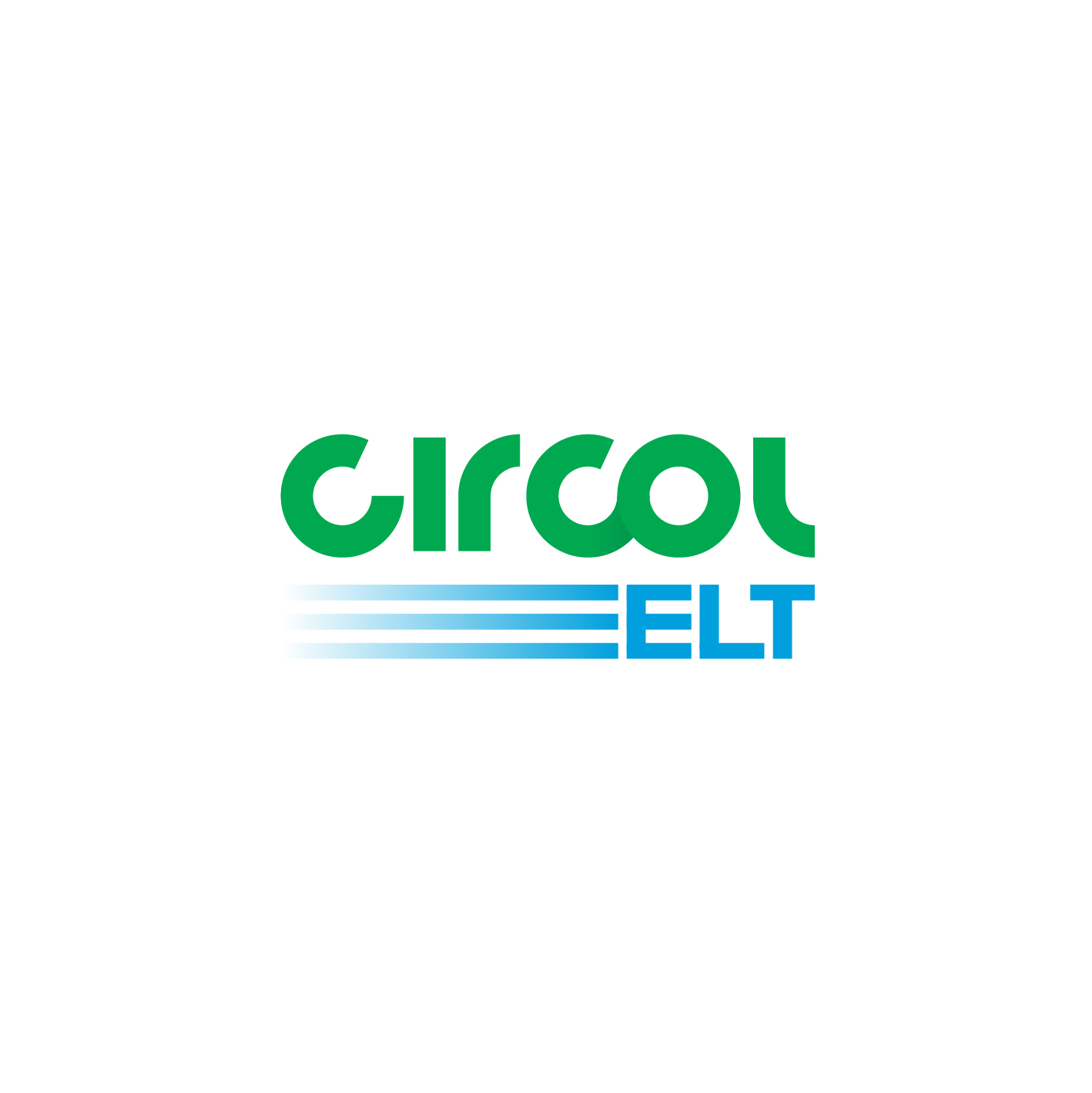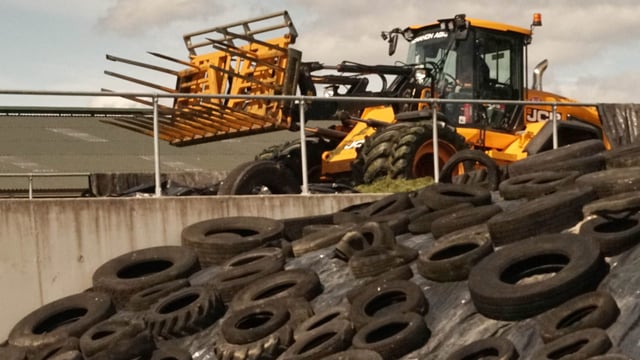Cow numbers: Sucklers down 270k and dairy up 316k in 10 years
Suckler cow numbers in Ireland have fallen by 270,000 head while the number of dairy cows in Ireland has increased by 316,000 head in the past 10 years, according to the latest data from the Department of Agriculture, Food and the Marine (DAFM).
To put this into context, the DAFM animal identification and movement system (AIMS) data shows that approximately 232,000 suckler-bred calves were registered in Connacht in 2023.
The drop in suckler cow numbers over the past decade more than the entire current suckler cow population of Connacht.
The table below details suckler and dairy cow numbers on February 1, 2025 compared to February 1, 2015:
| February 1, 2015 | February 1, 2025 | Difference | |
|---|---|---|---|
| Suckler cow numbers: | 1,012,522 | 741,373 | -271,149 |
| Dairy cow numbers: | 1,164,274 | 1,480,699 | +316,425 |
While the number of suckler cows has fallen, the total number of cows in Ireland has increased by just over 45,000 head in the past decade when the rise in dairy cow numbers is taken into account.
There are now approximately two dairy cows for every suckler cow in Ireland.
In 2015, approximately 85,500 calves were exported from Ireland while in 2024, that figure was at approximately 200,000 head.
2025 calf registrations
Looking at the 2025 calf registrations to date this year and the Irish Cattle Breeding Federation (ICBF) data shows that both the number of suckler and dairy-bred calves registered to date this year has fallen.
There are a number of management and environmental factors contributing to the drop in calf registrations early on this year.
After the wet spring last year, many farmers decided to delay their calving dates to match their calving pattern better with grass growth and the commencement of grazing.
While this spring has proved more favourable for grazing conditions, spring grazing in previous years has been a lot more challenging.
Poor grass growth last June due to cooler conditions may also have reduced conception rates last year delaying calving dates for this year.





